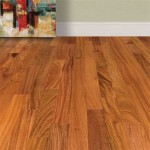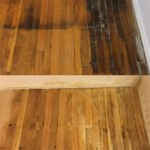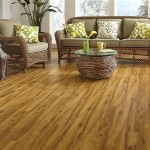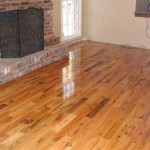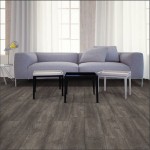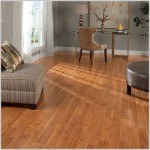## Direction of Wood Flooring: A Comprehensive Guide
The direction of wood flooring plays a crucial role in determining the overall aesthetics and functionality of a space. Choosing the right direction can enhance the ambiance, highlight architectural features, and create the desired flow within a room.
### Considerations for Choosing the Wood Flooring Direction **1. Room Shape and Size:**The shape and size of the room influence the ideal flooring direction. In long, narrow rooms, installing planks parallel to the longest wall can make the room appear wider, while in square rooms, a diagonal installation can add depth and interest.
**2. Natural Light:**The direction of natural light should be considered. Installing planks perpendicular to large windows or doors can minimize the visibility of seams and create a more cohesive look.
**3. Architectural Features:**Architectural details, such as fireplaces, columns, or built-ins, can guide the flooring direction. Aligning planks with or perpendicular to these features can emphasize their presence and create visual interest.
**4. Traffic Flow:**Heavy traffic areas benefit from planks installed perpendicular to the direction of foot traffic. This reduces wear and tear and extends the life of the flooring.
### Common Wood Flooring Direction Patterns **1. Parallel Installation:**Planks are installed parallel to the longest wall of the room. This creates a clean, modern look and is suitable for both light and dark wood floors.
**2. Perpendicular Installation:**Planks are installed perpendicular to the longest wall. This pattern can make a room appear wider and is often used in narrow spaces.
**3. Diagonal Installation:**Planks are installed at a 45-degree angle to the walls. This creates a dynamic and attention-grabbing effect and can add visual interest to square or irregularly shaped rooms.
**4. Herringbone Pattern:**Planks are cut into right triangles and installed in a staggered pattern to create a classic and elegant herringbone design. This pattern is visually stunning and adds a timeless touch to any space.
### Additional Considerations **1. Wood Type and Color:**The type of wood and its color can influence the overall look of the flooring. Light-colored woods tend to reflect light and make rooms appear larger, while dark-colored woods add warmth and sophistication.
**2. Plank Size and Width:**The size and width of the planks affect the visual impact of the flooring. Wider planks create a more spacious feel, while narrow planks can add texture and visual interest.
**3. Installation Techniques:**Proper installation is essential for the aesthetics and durability of the flooring. Floating floors, which are installed without nails or glue, offer flexibility and ease of installation, while nailed or glued floors provide a more secure and permanent solution.
### Conclusion Choosing the right direction for your wood flooring is a multifaceted decision that should consider various factors, from room shape and size to architectural features and personal preferences. By carefully considering these aspects, you can create a visually stunning and functional flooring installation that enhances the beauty and ambiance of your space.
Determining The Direction To Lay Install Hardwood Laminate Or Luxury Vinyl Plank Flooring

Which Direction To Lay Your Hardwood Flooring Riterug

Which Direction Should The Floor Be Laid Real Wood Floors

Which Direction To Run Hardwood Flooring

Which Direction To Lay Your Hardwood Flooring Riterug

Which Direction Do You Install Hardwood Floors Nufloors

Which Direction To Lay Your Hardwood Flooring Construction2style

The Best Direction To Lay Hardwood Flooring Elite

Consider The Direction Of Your Hardwood Flooring Ottawa Diamond

Hardwood Laying Direction
Related Posts

